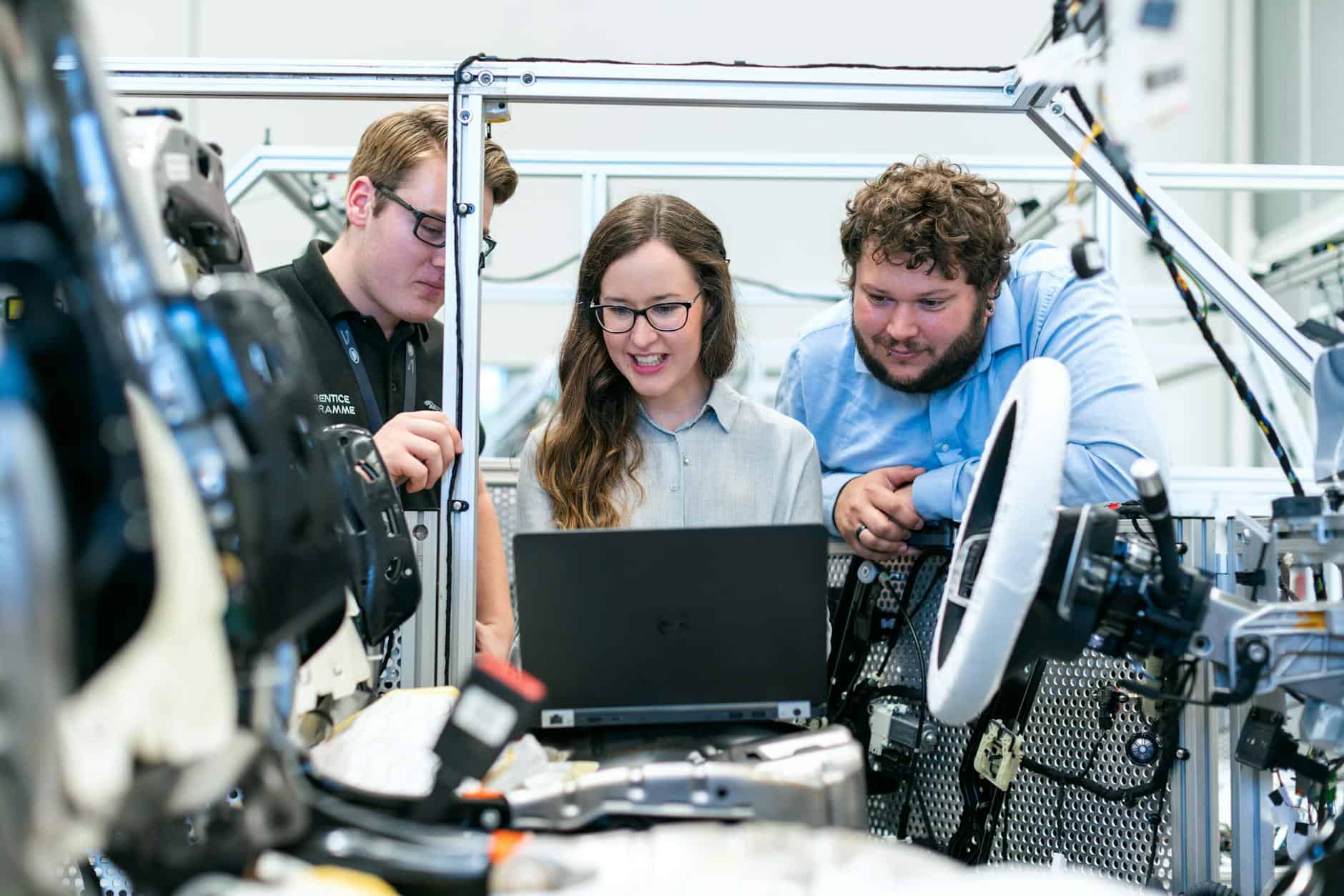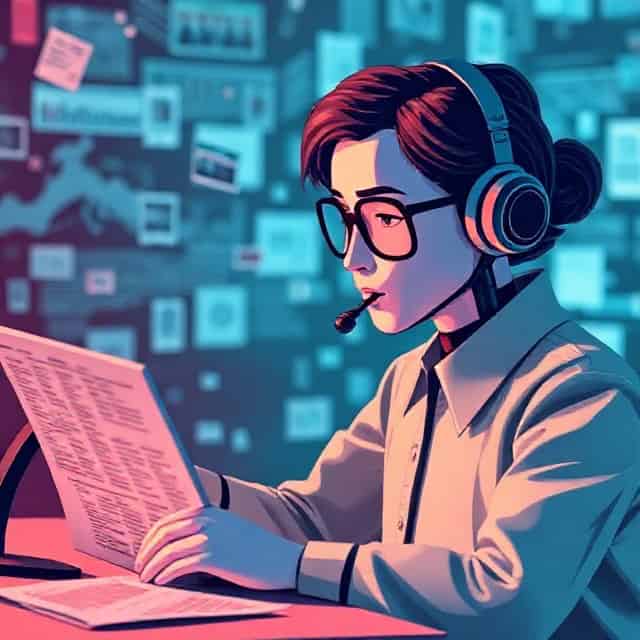Fake News in 2025 – How AI Is Changing
Table of Contents
When a Lie Travels Faster Than the Truth

On a cold January morning in 2025, millions of football fans around the world woke up to shocking headlines splashed across their phones:
“Cristiano Ronaldo and his son killed in a private jet crash.”
Social media exploded with grief. Hashtags like #RIPRonaldo and #LegendForever trended globally within minutes. Tearful fans posted old photos, news outlets scrambled to report the story, and YouTubers uploaded tribute videos.
But there was one small problem—Ronaldo was alive and well.
The entire story, complete with fake crash photos, AI-generated news clips, and even an edited “live report” video, was a hoax. In less than 24 hours, one of the biggest fake news stories of the year had fooled millions of people worldwide.
This is the dangerous reality of 2025: fake news doesn’t just spread—it dominates. And thanks to artificial intelligence, it has never been harder to tell fact from fiction.
What Exactly Is Fake News?
Fake news isn’t new, but the digital age has turned it into something far more destructive. At its core, fake news is false or misleading information presented as truth.
It comes in many forms:
- Misinformation: False information shared accidentally. Example: someone posts an outdated earthquake alert.
- Disinformation: False information created on purpose to mislead. Example: fabricated political scandals.
- Malinformation: Real facts twisted to damage reputations. Example: taking private details out of context.
- Satire & Parody: Meant as humor but often misread as real news.
Why is it so effective? Because lies are designed to trigger emotions. Fear, anger, sadness—when people feel strongly, they share quickly, and by the time the truth comes out, the damage is already done.
How Fake News Has Evolved Over Time
- Print Era (1800s): Newspapers spread propaganda to attack rivals.
- Radio & TV Era (1900s): Governments used controlled media during wars.
- Social Media Era (2010s–2020s): False stories spread faster than real news.
- AI Era (2020s onward): Fake images, videos, and voices look so real they can fool even experts.
In 2025, we’re no longer just reading fake headlines. We’re watching fake videos of presidents declaring war, fake phone calls from loved ones, and AI-generated images of disasters that never happened.
Real Examples of Fake News in 2025
Cristiano Ronaldo’s Crash Hoax
The Ronaldo jet crash story showed the terrifying power of AI. Not only were there fake photos of the wreckage, but also AI-generated “witness videos” and news anchors reporting on the tragedy.
The story spread so widely that even some sports channels briefly discussed it before Ronaldo himself posted a video on Instagram, smiling with his family, saying:
“Don’t believe everything you read. I’m alive.”
By then, the lie had already reached millions.
The Jessica Dolphin Hoax
Another bizarre case was the viral “Jessica Dolphin” story. According to the hoax, a young woman named Jessica had tragically died while performing with her pet dolphin. Emotional AI-generated images of her hugging the dolphin went viral on TikTok and Instagram.
The shocking part? Jessica never existed. She was a fully AI-created character. Even the photos and videos were AI deepfakes.
The story fooled countless people and highlighted how AI can literally invent humans, events, and tragedies out of thin air.
Celebrity Death Hoaxes in Pakistan and Beyond
In South Asia, fake news about celebrity deaths is a constant problem. In early 2025, Pakistani superstar Shaan Shahid was falsely reported dead on Facebook. His fans flooded social media with condolences before he clarified he was alive.
Globally, similar hoaxes have hit stars like Atif Aslam, Tom Holland, and even Taylor Swift. The formula is always the same: a shocking headline, a photoshopped picture, and emotional fans doing the rest of the work by sharing.
Political Deepfakes
Perhaps the most dangerous trend is the rise of deepfakes—AI-generated videos and audio that look terrifyingly real.
- In the United States, a fake video of the President allegedly declaring military action caused panic before officials confirmed it was fake.
- In Pakistan, a deepfake of the Prime Minister announcing emergency law sparked protests until it was debunked.
- Scammers now use voice cloning to impersonate leaders, celebrities, or even family members to trick people into sending money.
This is where fake news moves from being annoying to being a threat to national security.
Why AI Is Making Fake News Worse
AI is both a blessing and a curse. While it can help detect lies, it’s also the reason fake news looks so convincing today.
- Deepfake Videos: A simple laptop can now create videos of anyone saying or doing anything.
- Voice Cloning: AI copies a person’s voice in seconds—perfect for scams.
- AI-Written Articles: Entire fake news websites are filled with machine-written stories.
- AI Images: Viral photos of events that never happened are almost impossible to distinguish from real ones.
The speed, quality, and believability of AI-generated lies are unlike anything humanity has faced before.
The Damage Fake News Causes
Political Manipulation
Elections are increasingly influenced by misinformation campaigns. A fake video or a made-up scandal can shift public opinion overnight.
Financial Scams
Crypto scams, fake endorsements, and AI-generated “investment opportunities” are stealing billions from unsuspecting people.
Social Chaos
Fake news about terror attacks, natural disasters, or celebrity deaths causes unnecessary panic.
Mental Health
Constant exposure to shocking fake stories builds anxiety, distrust, and even depression among users.
How to Spot Fake News in 2025
While AI is powerful, you can still outsmart fake news by being careful.
- Check the Source: Reliable outlets rarely break news on WhatsApp or random Facebook pages.
- Verify with Multiple Platforms: If CNN, BBC, or Dawn haven’t reported it, be suspicious.
- Reverse Image Search: Tools like Google Lens can show if a photo is fake.
- Watch for Emotional Headlines: “Shocking,” “Unbelievable,” and “Must See” are red flags.
- Check the Date: Old tragedies are often reshared as new events.
- Use Detection Tools: Platforms like Reality Defender and Deepware specialize in spotting deepfakes.
What Governments and Tech Companies Are Doing
- Pakistan: Authorities are cracking down on digital misinformation, with stricter penalties for fake news creators.
- United States & EU: Laws like the Digital Services Act demand tech platforms take responsibility for harmful content.
- Social Media Companies: Facebook, TikTok, and X are investing in AI moderation, but it’s a constant game of catch-up.
Can We Win Against Fake News?
The fight isn’t hopeless.
- AI vs AI: Advanced detection systems are improving daily.
- Education: Schools and universities are beginning to teach digital literacy.
- Stronger Laws: Governments worldwide are drafting stricter penalties.
- Personal Responsibility: Ultimately, it comes down to us—the users. If we stop forwarding every shocking headline, fake news dies faster.
The Truth Still Matters
In 2025, fake news is more powerful than ever. Stories like Ronaldo’s “death” or Jessica’s “dolphin tragedy” show how AI can fool even the smartest among us. Political deepfakes prove it’s not just about entertainment—it’s about the stability of entire nations.
But the truth still matters. If we stay alert, fact-check what we share, and hold tech companies accountable, fake news will lose its power. The biggest weapon against lies has always been the same: an informed, skeptical public that refuses to be fooled.














Leave a Reply